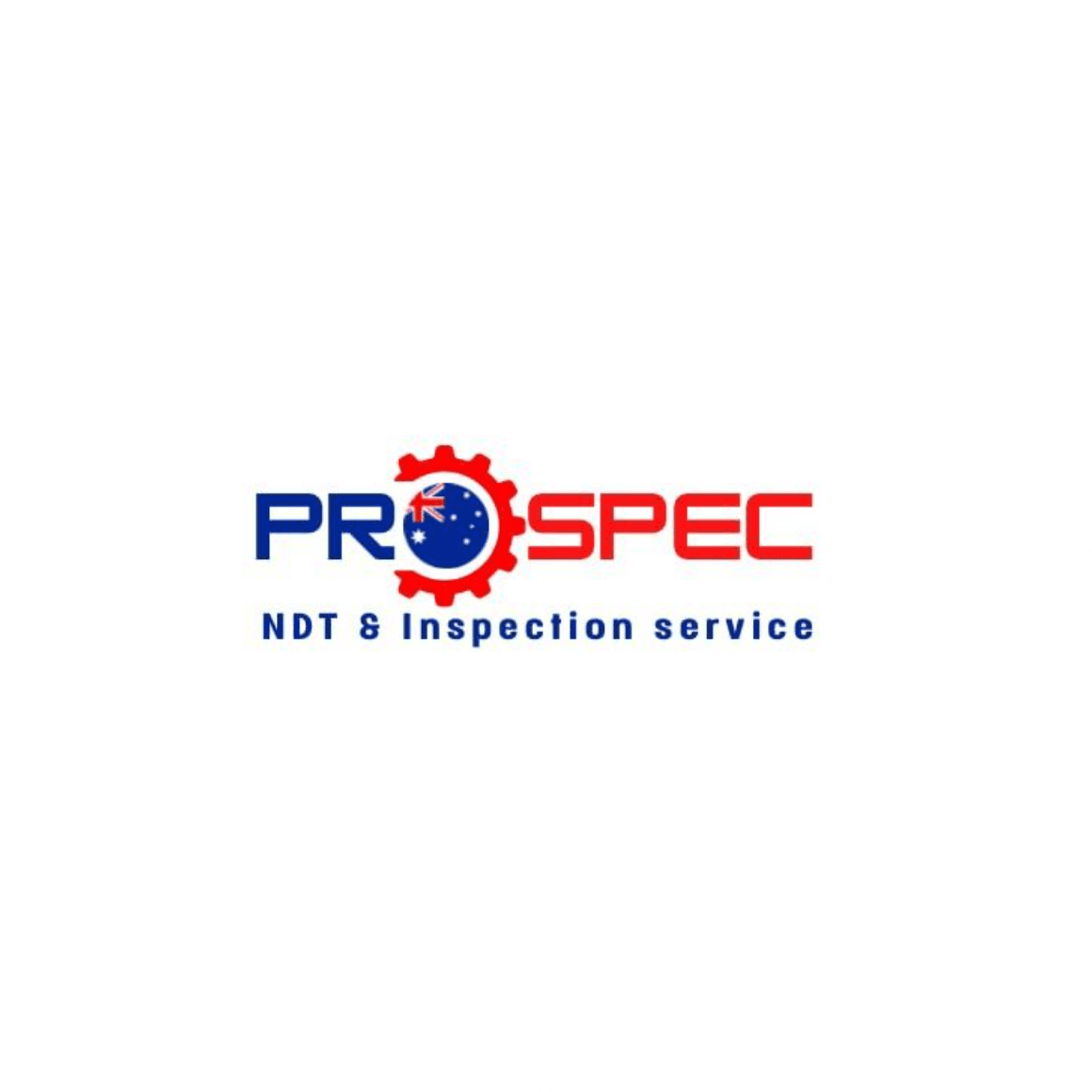Debunking Myths About Non-Destructive Testing: What You Need to Know
Pr
Understanding Non-Destructive Testing
Non-Destructive Testing (NDT) is a crucial process in various industries, ensuring the safety and integrity of structures without causing damage. Despite its importance, several myths about NDT persist, leading to misunderstandings about its capabilities and limitations. This article aims to debunk some of these myths and clarify what you need to know about NDT.

Myth 1: NDT is Too Expensive
One common misconception is that NDT is prohibitively expensive. While some advanced techniques may have higher upfront costs, the long-term benefits often far outweigh these initial expenses. Investing in NDT can prevent costly repairs, downtime, and accidents, making it a cost-effective solution for many businesses.
Moreover, there are various NDT methods available, allowing organizations to choose the one that best fits their budget and needs. Techniques like visual inspection and ultrasonic testing offer affordable options without compromising on accuracy.
Myth 2: NDT is Only for Industrial Applications
While it's true that industries like aerospace, oil and gas, and construction heavily rely on NDT, its applications extend beyond industrial settings. NDT plays a vital role in sectors such as transportation, healthcare, and even art restoration. For instance, radiographic testing is used to examine welds in pipelines as well as to assess the condition of historical artifacts.

By recognizing the versatility of NDT, more sectors can benefit from its ability to detect defects early, ensuring safety and reliability across various applications.
Myth 3: NDT Methods Are Interchangeable
Another myth is that all NDT methods can be used interchangeably. In reality, each method has its unique strengths and limitations. For example, magnetic particle testing is ideal for detecting surface and near-surface defects in ferromagnetic materials, while ultrasonic testing is better suited for identifying internal flaws.
- Magnetic Particle Testing: Best for surface flaws in ferromagnetic materials.
- Ultrasonic Testing: Effective for internal defect detection in various materials.
- Radiographic Testing: Provides detailed imaging for internal examinations.
Understanding the specific requirements of your application and the properties of the materials involved is crucial for selecting the appropriate NDT method.
Myth 4: NDT Guarantees Defect-Free Products
NDT is a powerful tool for quality assurance, but it is not infallible. It cannot guarantee that a product is completely defect-free. Factors such as operator expertise, equipment calibration, and environmental conditions can affect the accuracy of results. Therefore, regular training and adherence to industry standards are essential to maximize the effectiveness of NDT processes.
By acknowledging these limitations, companies can implement additional quality control measures to complement their NDT efforts, ensuring the highest standards of safety and reliability.
The Importance of Debunking These Myths
Dispelling these myths about non-destructive testing helps businesses make informed decisions about implementing NDT in their operations. By understanding its true capabilities and limitations, organizations can better leverage this technology to enhance safety, reduce costs, and improve overall efficiency.
NDT continues to evolve with advancements in technology, offering more reliable and precise methods of inspection. Staying informed about these developments ensures that businesses can effectively utilize NDT as part of their quality assurance strategies.
